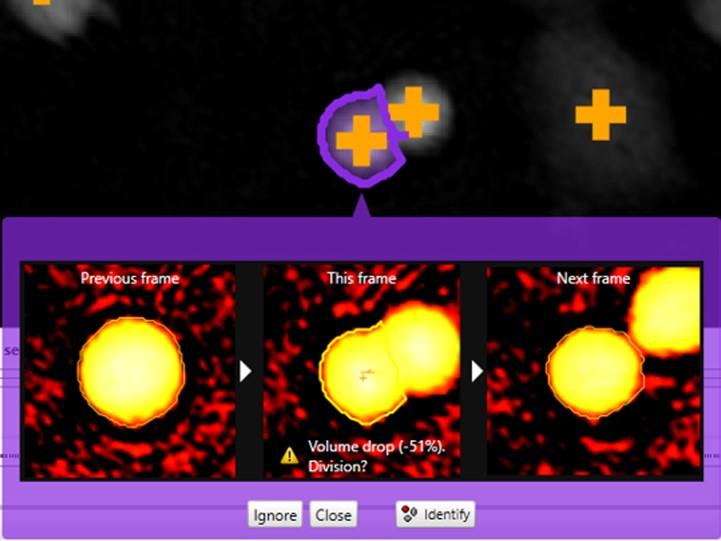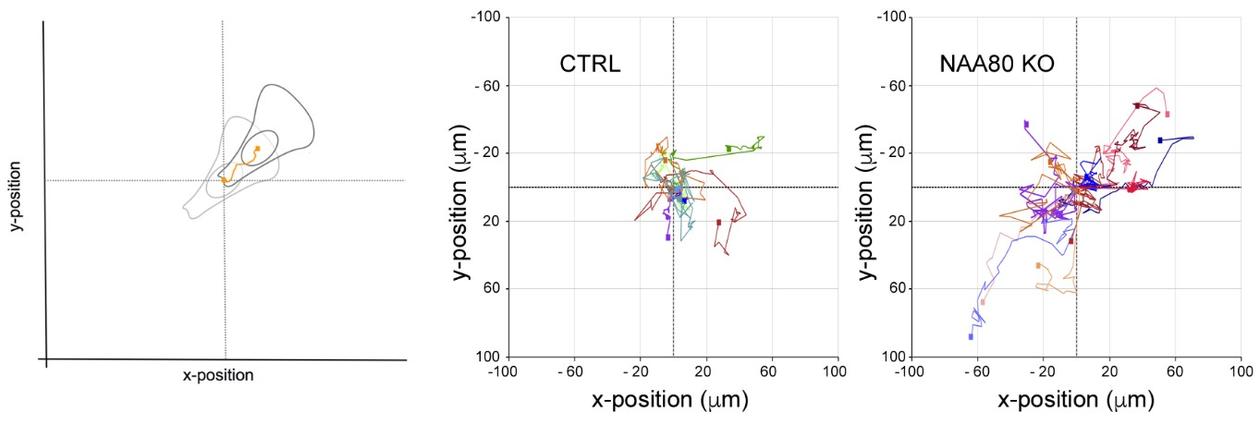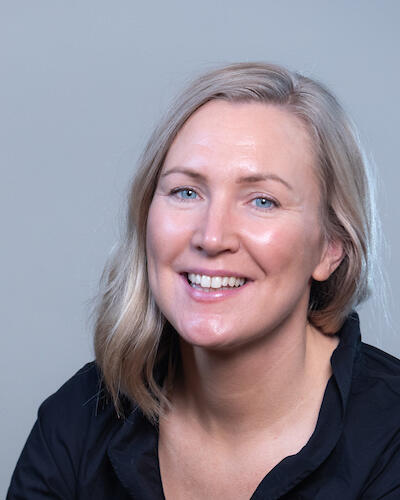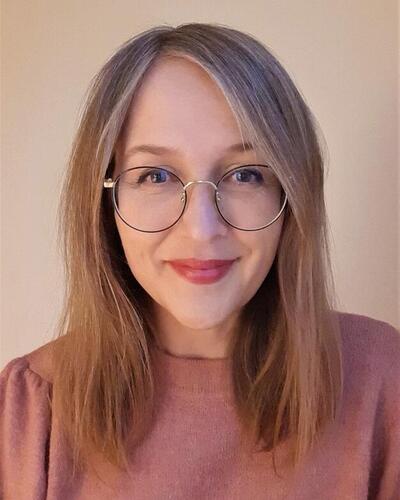Cellular espionage in the NAT cell lab
As the first lab in Norway, the NAT lab recently installed a HoloMonitor system for 3D live cell microscopy. This novel instrument allows us to spy on the cells in a gentle and non-invasive way.

Main content
Researcher Henriette Aksnes and master student Tobias B. Beigl are pioneers exploring the possibilities of the new imaging system for their research on protein N-terminal acetylation in the NAT-lab.
The output of the HoloMonitor are phase-holographic images. These are different from regular phase contrast images as the microscope detects the surface of cells and produces a hologram. These images therefore have three-dimensional information on the cell structure, which provides valuable research data. The 3D aspect is nicely visualized by colour-coding.
“The colourful 3D images and time-lapse videos of living cells are not only beautiful to look at”, says Tobias, “By analyzing the images we can quantify several different cellular parameters like cell size, proliferation or migration”.
Tobias is currently using the HoloMonitor for his master project where he wants to demonstrate some basal differences between two otherwise very similar cell types.
“The HoloMonitor is a very nice complement to the other microscopes, like the Leica SP8 STED and the Dragonfly spinning disk at the Molecular Imaging Center MIC, which we rather use for high-resolution imaging of fluorescently stained and fixed cells”, says Tobias.
Monitoring cells during their life in the culture dish reveals important characteristics of cell behavior and structure. Analysing cell growth, cell division events or cell movement are just a few examples of the possible applications that can be easily evaluated with a software especially developed for the HoloMonitor system.
The first data obtained with the HoloMonitor have already been published. Henriette tracked single cells to show that absence of NAA80 causes cells to have an increased intrinsic capacity to move and also to migrate with a higher velocity. See the research paper here and an exemplary video:
HAP1 CTRL vs NAA80 KO2 HoloMonitor M4
These days, the HoloMonitor is running with cell culture samples prepared by master student Monica Hellesvik. Monica takes the NAA80 migration phenotype into a cancer perspective. She investigates whether these cells also have an increased invasive or metastatic capacity.





